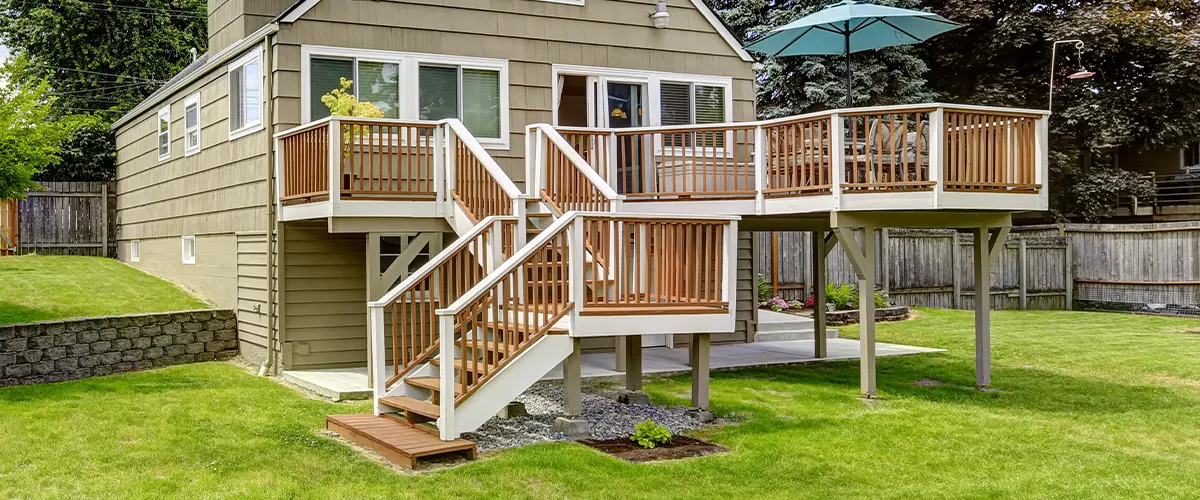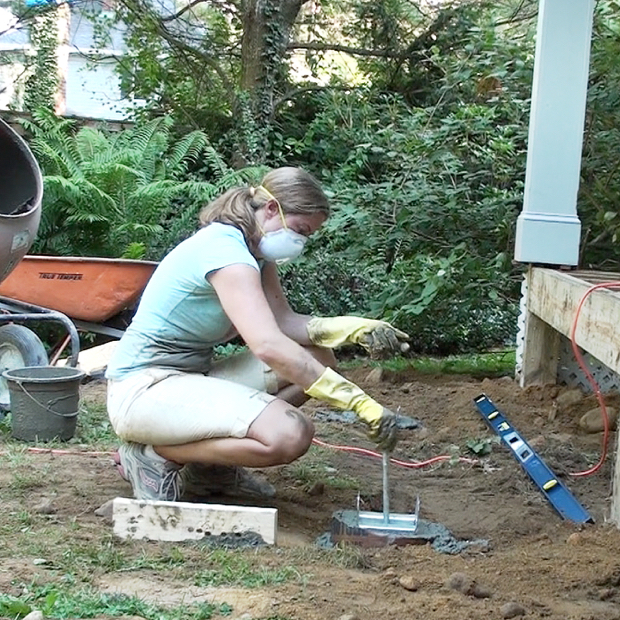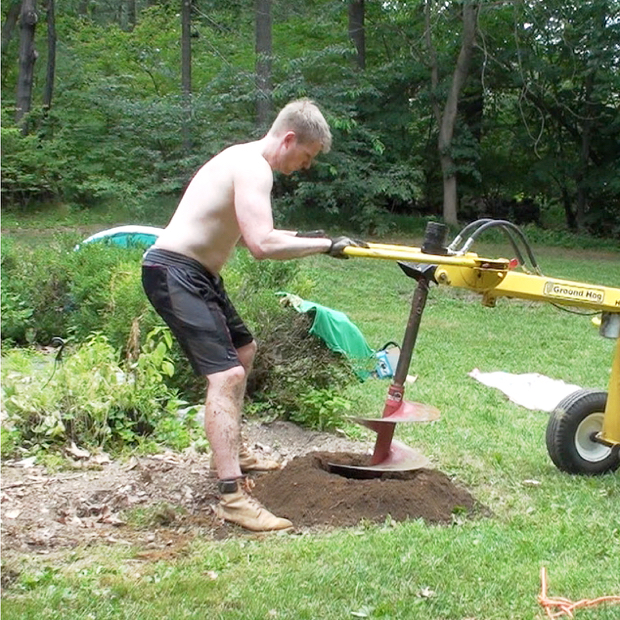Guarantee Security and Durability With Properly Set Up Deck Footings
Deck grounds might not be the most attractive element of deck building, but they play a vital role in ensuring stability and long life. In this conversation, we will certainly check out the significance of proper deck footings, factors to consider during installation, different kinds of grounds available, detailed installation guide, and upkeep suggestions for ensuring lasting grounds.

Significance of Correct Deck Footings
Why are appropriately mounted deck grounds important for the security and long life of your deck? Deck grounds are the structure on which the deck relaxes, moving the lots from the deck to the ground.
To start with, properly installed deck footings distribute the weight of the deck evenly, stopping any kind of uneven settling or sinking. This is especially crucial in locations with unpredictable dirt, as it assists to minimize the risk of the deck collapsing or shifting. In addition, well-installed grounds make sure that the deck stays level, stopping any type of structural damage that can occur when a deck comes to be uneven.
Second of all, properly mounted grounds offer a solid support for the deck, protecting against too much activity and sway. This helps to maintain the architectural honesty of the deck, lowering the danger of injuries or accidents. It additionally lessens the deterioration on the deck, allowing it to withstand the elements and normal usage for a longer amount of time.
Aspects to Think About for Deck Footing Installation
When setting up deck footings, there are several essential elements to think about for proper installation. Various dirt kinds have various load-bearing capabilities, so it is important to carry out a dirt test to make sure the grounds can sustain the weight of the deck and its passengers. By taking into account these elements, you can make certain the correct installation of deck footings and enjoy a lasting and steady deck.
Kinds Of Deck Footings to Choose From
There are several different sorts of deck footings available for you to select from. Each kind has its own advantages and downsides, so it's crucial to consider your specific demands and the conditions of your deck prior to choosing.
One usual kind of deck footing is the concrete footing. This entails excavating holes in the ground and pouring concrete into them to develop a strong foundation. Concrete footings are durable and provide superb security, making them appropriate for decks in areas with tough dirt conditions or high wind loads.
An additional alternative is the helical pier ground, which contains a steel shaft with helical plates that are screwed into the ground. These grounds are fast to mount and can be made use of in numerous dirt types, including sandy or clay dirts. They are additionally adjustable, allowing for very easy progressing of the deck.
Sonotube grounds are another popular choice. These footings are created by placing a cardboard tube in a hole and filling it with concrete. Sonotube footings are reasonably simple to mount and offer adequate security for smaller decks or in locations with much less demanding soil conditions.

When picking the kind of deck ground, it's critical to take into consideration factors such as dirt problems, deck dimension and weight, neighborhood building ordinance, and individual choices. By choosing the proper ground type, you can guarantee the stability and longevity of your deck.
Step-by-Step Guide for Putting Up Deck Footings

Establish the place: Begin by noting the exact placement of each footing utilizing stakes and string (Deck Footings). Take right into account any type of neighborhood building ordinance or regulations relating to trouble distances
Dig the holes: Make use of a post hole digger or an auger to dig the openings for the grounds. The deepness will certainly depend on the frost line in your area and the sort of dirt. Usually, a depth of at least 36 inches is suggested for security.
Level the openings: Make certain that all-time lows of the holes are level (Deck Footings). This can be achieved by utilizing a degree or a straight board throughout the top of the holes
Add crushed rock: Place a layer of gravel at the bottom of each opening to boost drainage and avoid the ground from this hyperlink penetrating the soil with time.
Put the footing types: Put the footing forms right into the holes, ensuring they are centered and level. Use stakes to protect them in position.
Mix and put concrete: Adhere to the guidelines on the concrete mix bag to prepare the concrete. Put the concrete right into the ground kinds, loading them entirely.
Smooth the surface area: Make use of a trowel to smooth the surface area of the concrete and get rid of any air pockets. Allow the concrete to heal according to the manufacturer's instructions.
Maintenance Tips for Durable Deck Grounds
Correct upkeep is vital for making certain the durability and stability of deck grounds. By consistently evaluating and maintaining your deck footings, you can prevent damages and prospective safety dangers.
Routine cleansing is additionally essential for preserving deck footings. Debris, greenery, and dust can accumulate around the footings, which can bring about moisture build-up and decay. Cleaning the grounds frequently, making use of a pressure or a brush washer, can assist protect against these issues and expand the life-span of your deck.
Along with cleaning, it is essential to maintain the location around the grounds clear of any type of obstructions. Stay clear of piling items against the grounds or enabling plants to grow as well near to them. These blockages can catch dampness and create the grounds to degrade with time.
Last but not least, normal resealing of the grounds is advised to protect them from moisture and other environmental elements. Applying a water-proof sealer can aid prevent water damage and extend the life expectancy of the grounds.
Verdict
In conclusion, appropriate setup of deck grounds is important for ensuring stability and durability of your deck. Elements such as soil kind, tons capability, and neighborhood building regulations need to be thought about when selecting the right kind of deck grounds. Complying with a step-by-step guide for installment and normal upkeep will help to ensure the grounds continue to be resilient and long lasting.
In this conversation, we will certainly check out the relevance of correct deck grounds, elements to take into consideration throughout installment, various types of footings offered, step-by-step installation overview, and upkeep pointers for guaranteeing lasting footings. Deck footings navigate to this website are the structure on which the deck relaxes, moving the tons from the deck to the ground.One common type of deck footing is the concrete ground. Put the ground types: Insert the ground creates right into the openings, guaranteeing they are centered and degree.In verdict, visit their website correct installation of deck footings is critical for guaranteeing stability and long life of your deck.